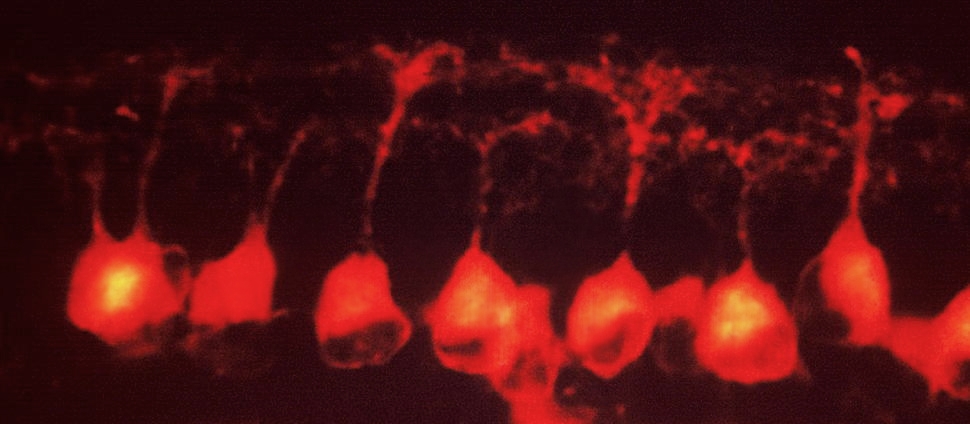Document Type
Article
Publication Date
10-2008
Publication Title
Journal of Biological Rhythms
Abstract
During the first 7 weeks of postnatal life, short day lengths inhibit the onset of puberty in many photoperiodic rodents, but not in Syrian hamsters. In this species, timing of puberty and fecundity are independent of the early postnatal photoperiod. Gestational day length affects postnatal reproductive development in several rodents; its role in Syrian hamsters has not been assessed. We tested the hypothesis that cumulative effects of pre- and postnatal short day lengths would restrain gonadal development in male Syrian hamsters. Males with prenatal short day exposure were generated by dams transferred to short day lengths 6 weeks, 3 weeks, and 0 weeks prior to mating. Additional groups were gestated in long day lengths and transferred to short days at birth, at 4 weeks of age, or not transferred (control hamsters). In pups of dams exposed to short day treatment throughout gestation, decreased testis growth was apparent by 3 weeks and persisted through 9 weeks of age, at which time maximum testis size was attained. A subset of males (14%), whose dams had been in short days for 3 to 6 weeks prior to mating displayed pronounced delays in testicular development, similar to those of other photoperiodic rodents. This treatment also increased the percentage of male offspring that underwent little or no gonadal regression postnatally (39%). By 19 weeks of age, males housed in short days completed spontaneous gonadal development. After prolonged long day treatment to break refractoriness, hamsters that initially were classified as nonregressors underwent testicular regression in response to a 2nd sequence of short day lengths. The combined action of prenatal and early postnatal short day lengths diminishes testicular growth of prepubertal Syrian hamsters no later than the 3rd week of postnatal life, albeit to a lesser extent than in other photoperiodic rodents.
Keywords
seasonality, day length, gestation, puberty, testis, rodent
Volume
23
Issue
5
First Page
445
Last Page
455
DOI
doi:10.1177/0748730408322985
Rights
© the authors
Version
Author's Accepted Manuscript
Recommended Citation
Beery, Annaliese K.; Paul, Matthew J.; and Zucker, Irving, "Maternal Photoperiodic History Affects Offspring Development in Syrian Hamsters" (2008). Neuroscience: Faculty Publications, Smith College, Northampton, MA.
https://scholarworks.smith.edu/nsc_facpubs/10



Comments
Peer reviewed accepted manuscript.
NIH Public Access